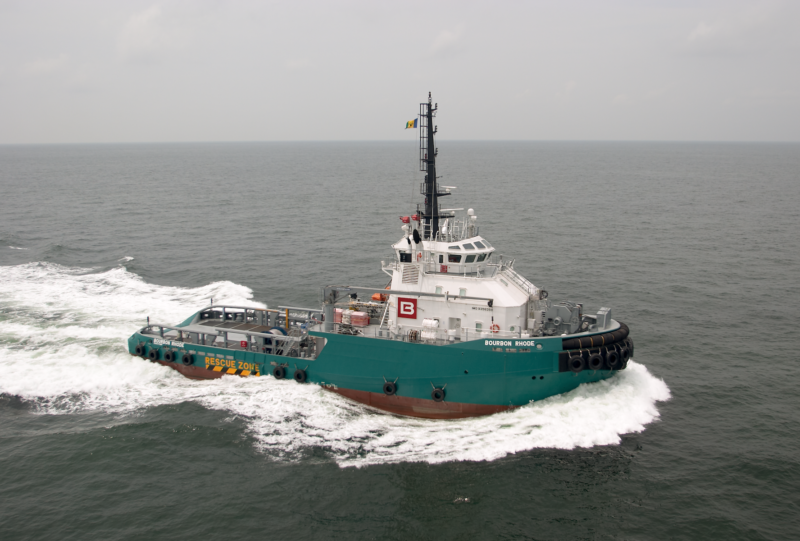A recent tragic example exists of what may happen to vessels that, for whatever the reason, stray too close to storms. On Sept. 26, 2019, the offshore tug Bourbon Rhode, while in transit between the Canary Islands and Guyana, sent out a mayday after they began taking on water in the aft spaces. As it happens, at the time of said water ingress Bourbon Rhode was operating in very close proximity, apparently as close as 60 nautical miles (NM), to the eye of Category 4 Hurricane Lorenzo, which was then cranking out maximum sustained winds of 140 knots with higher gusts.
According to the National Hurricane Center, Lorenzo had hurricane force winds extending outward up to 45 NM from the center and tropical storm force winds up to 255 NM. That would have put Bourbon Rhode in the innermost and most powerful zone of tropical storm force winds, and nearly in the hurricane force winds. Standard practice is to do everything possible to avoid getting caught in the tropical storm force wind field, for what should be obvious reasons.
Was it a lack of timely and useful weather information or a poor routing choice? Or was it failure to change the voyage plan to accommodate the changing circumstances (inattention and/or incompetence)? How about pressure to proceed from management ashore, captain’s ego run amok, or just plain bad luck? We don’t yet know and may never know.
What we do know is that the tug shouldn’t have been nearly in that close proximity to a tropical cyclone, and as a result 11 out of 14 crewmembers lost their lives. It’s truly miraculous that three were found alive in a life raft and subsequently rescued. And although it’s possible that the investigation will ultimately reveal some particular technical cause for the flooding, I’m not tremendously interested in what fitting failed or why a hatch gave way. I’m much more interested in why we keep seeing these human factors failures over and over again. The ghosts of the SS El Faro are still quite fresh in my mind.




